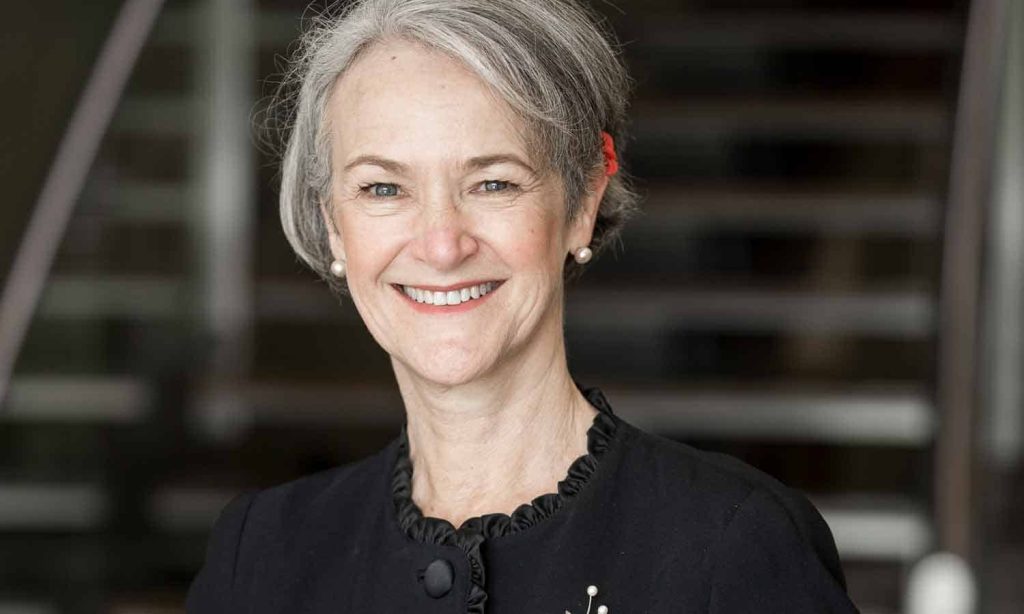Australia’s midwifery workforce is ‘in crisis’ with not enough midwives or students to meet future needs, a new report has warned.
Released in Canberra today, the Midwifery Futures report, commissioned by the Nursing and Midwifery Board of Australia (NMBA), exposes widespread local staffing shortfalls, especially in non-metropolitan areas, which would have ‘catastrophic impact’ if the already high rates of workforce attrition surge above expectations.
The research, led by the Burnet Institute in collaboration with Chief Nursing and Midwifery Officers from Australia and New Zealand, set out to review the current state of Australia’s midwifery workforce and generate evidence to support policy, regulatory, industrial and educational change in midwifery service provision.
The Midwifery Futures report makes 32 recommendations across five key areas to address the nation’s crisis:
- Increased visibility, governance and leadership
- Growing the midwifery workforce
- Support the midwifery workforce
- Improve data to support workforce planning
- Scale-up midwifery models of care
The final report takes in the views of more than 3,000 midwives, 300 students and 70 educators, as well as focus groups across the country, making it the largest study of Australians midwives so far.
Findings reveal that one in three midwives, including many before retirement age, are considering leaving the profession amid high rates of burnout, anxiety, stress and low rates of satisfaction.
Recommendations include universities, health services and policymakers working to increase the number of midwifery students immediately, by at least 20%, leading to about 1,560 students graduating in the next 2-4 years. The Commonwealth Government should also develop and implement midwifery continuity of care models as a defined career pathway, and fund midwives to work to their full scope.
With relevant stakeholders now tasked with considering the recommendations, NMBA Chair Adjunct Professor Veronica Casey said that with sustained commitment, investment and collaboration between Australian governments, employers, the higher education sector and professional bodies, Australia will be able to grow its midwifery workforce.
“Midwives play a vital role in maternity care at the most precious time, but they now need urgent support to ensure they can continue to be everywhere they are needed,” Adj Prof Casey, said.

“That not only means making sure that midwives have the right capabilities for their role but ensuring there are the right numbers of midwives to meet demand.
“This Australian-first research presents a strong case for change to grow the midwifery workforce, support greater workforce flexibility and improve the available data to optimise midwifery workforce planning.”
Lead author of the study, Burnet Institute Professor Caroline Homer, said urgent action was needed to boost midwifery students by a fifth.
“Australian midwifery is in crisis. People in the sector already know this,” Prof Homer said.
“We can’t keep doing the same thing and expect different results. This is the moment to do something differently.
“We don’t have enough midwives or midwifery students to meet our future needs, and we need to support midwives to stay in the profession.”
Read the final report of the Midwifery Futures project here









2 Responses
Those of us you have been in midwifery for decades seen the writing on the wall many years ago and when we voiced our concerns. We were dismissed, and were forced to work harder with less and less, the amount of burn out that is seen now is the tip of the iceberg and what will be done to keep those of us with length of experience and wisdom to stay?
With huge numbers of early career midwives leaving the profession within the first three years of practice, a large focus must be on supporting the existing workforce as well as increasing student numbers. We are tired of working unsafe shifts and not being able to provide grassroots midwifery care. I’ve lost all my enthusiasm for the profession.